-
 Bitcoin
Bitcoin $107,352.1067
0.28% -
 Ethereum
Ethereum $2,429.3531
-0.90% -
 Tether USDt
Tether USDt $1.0001
-0.02% -
 XRP
XRP $2.1894
4.62% -
 BNB
BNB $646.7968
0.36% -
 Solana
Solana $147.4290
4.03% -
 USDC
USDC $0.9998
-0.02% -
 TRON
TRON $0.2756
1.52% -
 Dogecoin
Dogecoin $0.1630
1.14% -
 Cardano
Cardano $0.5612
1.18% -
 Hyperliquid
Hyperliquid $37.0580
-0.05% -
 Bitcoin Cash
Bitcoin Cash $496.9410
-0.09% -
 Sui
Sui $2.7318
3.19% -
 Chainlink
Chainlink $13.1503
0.58% -
 UNUS SED LEO
UNUS SED LEO $9.0766
0.55% -
 Avalanche
Avalanche $17.7220
1.46% -
 Stellar
Stellar $0.2380
1.52% -
 Toncoin
Toncoin $2.8439
0.38% -
 Shiba Inu
Shiba Inu $0.0...01143
1.84% -
 Litecoin
Litecoin $85.8053
1.47% -
 Hedera
Hedera $0.1483
2.70% -
 Monero
Monero $314.3240
2.12% -
 Bitget Token
Bitget Token $4.6725
0.77% -
 Dai
Dai $1.0000
0.00% -
 Polkadot
Polkadot $3.3555
1.28% -
 Ethena USDe
Ethena USDe $1.0001
0.02% -
 Uniswap
Uniswap $7.0890
2.64% -
 Pi
Pi $0.5355
-3.40% -
 Pepe
Pepe $0.0...09393
1.06% -
 Aave
Aave $256.8136
-1.90%
What are OKX's quantitative trading tools?
OKX's API enables quantitative trading with real-time data, order management, and websocket connections, but requires programming skills and thorough testing for effective use.
Apr 01, 2025 at 04:07 am

Understanding OKX's Quantitative Trading Ecosystem
OKX, a prominent cryptocurrency exchange, offers a suite of tools catering to quantitative traders. These tools aim to facilitate algorithmic trading strategies, enabling users to automate their trading activities based on pre-defined parameters and market data analysis. The tools are designed for both experienced quantitative traders and those looking to explore algorithmic strategies. However, it's crucial to understand that trading with these tools involves inherent risks, and users should proceed with caution and thorough research.
Accessing and Utilizing OKX's API
The cornerstone of OKX's quantitative trading capabilities lies within its robust Application Programming Interface (API). This API allows users to connect their own trading algorithms and bots directly to the exchange. This direct connection enables real-time market data access and automated order execution, crucial for high-frequency and algorithmic trading strategies. Understanding the API documentation is essential before attempting to utilize it. OKX provides comprehensive documentation, though familiarity with programming and API interactions is necessary.
Key Features of the OKX API
The OKX API offers several key features designed to support sophisticated quantitative trading strategies. These features include:
- Real-time Market Data Feeds: Access to live market data is critical for timely decision-making in algorithmic trading. The OKX API provides this real-time data stream, enabling users to react to market fluctuations instantly.
- Order Placement and Management: The API allows for the automated placement and management of orders, a core function for any algorithmic trading system. This includes features such as placing market orders, limit orders, and stop-loss orders.
- Account Management Capabilities: Users can access and manage their account balances and trading positions directly through the API. This facilitates seamless integration of trading algorithms with account monitoring and risk management systems.
- Websocket Connections: The API supports websocket connections, providing a persistent and efficient connection to the exchange for continuous data streaming and order execution. This minimizes latency and ensures responsiveness to market changes.
Navigating the OKX API: A Step-by-Step Guide
While the specifics of implementation depend on your chosen programming language and trading strategy, here's a general overview of the process:
- Obtain API Keys: First, you need to generate API keys within your OKX account. These keys provide secure access to your account through the API. Ensure you store these keys securely and protect them from unauthorized access.
- Choose a Programming Language: Select a programming language suitable for your skills and the complexity of your trading strategy (Python is popular).
- Install Necessary Libraries: Install the required libraries for interacting with the OKX API. This will usually involve using a specific client library.
- Develop Your Trading Algorithm: This is the core of your quantitative trading strategy. This involves defining the logic for analyzing market data and generating trading signals.
- Test Your Algorithm Thoroughly: Before deploying your algorithm to live trading, test it extensively using historical data or a simulated trading environment. Backtesting is crucial to evaluate the performance and risk of your strategy.
- Deploy Your Algorithm: Once thoroughly tested, you can deploy your algorithm to live trading via the OKX API. Monitor its performance closely and make adjustments as needed.
Understanding Order Types Supported by OKX API
The OKX API supports a variety of order types, crucial for implementing diverse trading strategies. These include:
- Market Orders: These orders are executed immediately at the best available market price. They are suitable for quick entries and exits.
- Limit Orders: These orders are executed only when the market price reaches a specified price level. They offer more control over entry and exit points.
- Stop-Loss Orders: These orders are triggered when the market price reaches a predetermined stop price, limiting potential losses.
- Stop-Limit Orders: These orders combine elements of stop-loss and limit orders, providing a degree of price control while limiting losses.
Advanced Features and Considerations
OKX's API also offers more advanced features that cater to experienced quantitative traders. These might include options for:
- Margin Trading: Leveraging your trading capital to amplify potential profits (and losses).
- Futures Trading: Trading contracts based on the future price of cryptocurrencies.
- Advanced Order Types: More sophisticated order types, such as iceberg orders, which hide the true size of your orders.
Risk Management and Security
Quantitative trading involves significant risk. It's crucial to implement robust risk management strategies to protect your capital. This includes setting stop-loss orders, diversifying your portfolio, and only using capital you can afford to lose. Furthermore, secure your API keys and protect your account from unauthorized access. Regularly review and update your security practices.
Frequently Asked Questions
Q: What programming languages are compatible with the OKX API?
A: The OKX API is generally compatible with most popular programming languages, including Python, JavaScript, C++, and Java. However, the ease of use and available libraries might vary depending on the language.
Q: Are there any limitations on API usage?
A: Yes, OKX may impose rate limits on API requests to ensure fair access and maintain system stability. These limits are usually documented in the API documentation. Exceeding these limits might result in temporary suspension of your API access.
Q: What kind of support does OKX offer for its API?
A: OKX provides comprehensive API documentation and may offer community support forums or dedicated channels for assistance with API-related issues. However, direct technical support for custom algorithm development may be limited.
Q: What are the fees associated with using the OKX API?
A: The fees associated with using the OKX API are typically the standard trading fees charged by OKX on the exchange. There are usually no additional fees specifically for API usage.
Q: Is it necessary to have programming experience to use OKX's quantitative trading tools?
A: Yes, utilizing the OKX API requires a solid understanding of programming and ideally experience with algorithmic trading. While OKX provides documentation, building and deploying effective trading algorithms requires significant technical expertise.
Disclaimer:info@kdj.com
The information provided is not trading advice. kdj.com does not assume any responsibility for any investments made based on the information provided in this article. Cryptocurrencies are highly volatile and it is highly recommended that you invest with caution after thorough research!
If you believe that the content used on this website infringes your copyright, please contact us immediately (info@kdj.com) and we will delete it promptly.
- RUVI Token Soars: Can It Eclipse Cardano's Forecast?
- 2025-06-29 02:30:12
- Meme Coin Mania: Can Little Pepe Outshine Shiba Inu and Dogecoin?
- 2025-06-29 02:30:12
- XRP Tokens: Navigating Financial Status and the Art of Buying In
- 2025-06-29 02:50:12
- Transparent Fees, Trading Power, No Surprises: LeveX's Honest Approach
- 2025-06-29 02:50:12
- DAO Price, Total Value Locked, and All-Time Highs: What's Driving the DeFi Surge?
- 2025-06-29 03:21:18
- BlockDAG, Polygon, Render, and Polkadot: Navigating the Altcoin Landscape in NYC Style
- 2025-06-29 03:21:18
Related knowledge
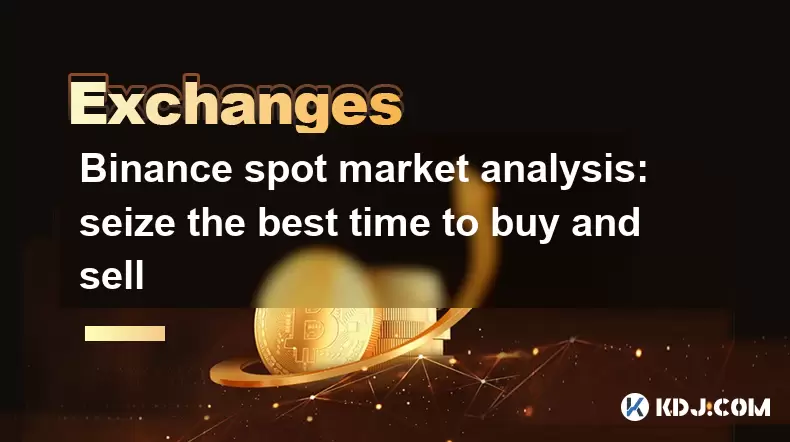
Binance spot market analysis: seize the best time to buy and sell
Jun 19,2025 at 04:56pm
Understanding the Binance Spot MarketThe Binance spot market is one of the most popular platforms for cryptocurrency trading globally. It allows users to trade digital assets at current market prices, making it essential for traders aiming to buy low and sell high. Unlike futures or margin trading, spot trading involves direct ownership of the asset aft...
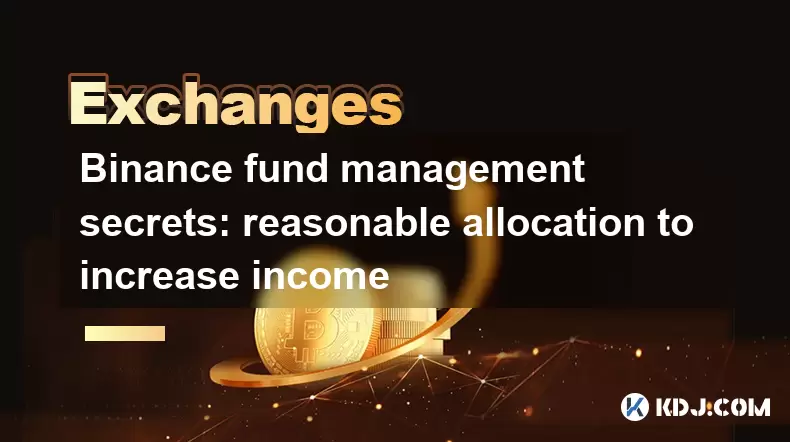
Binance fund management secrets: reasonable allocation to increase income
Jun 22,2025 at 02:29pm
Understanding Binance Fund ManagementBinance fund management involves strategic allocation of your cryptocurrency assets to optimize returns while managing risk. The key to successful fund management lies in understanding how different investment options on the Binance platform can be utilized to create a diversified portfolio. This includes spot tradin...
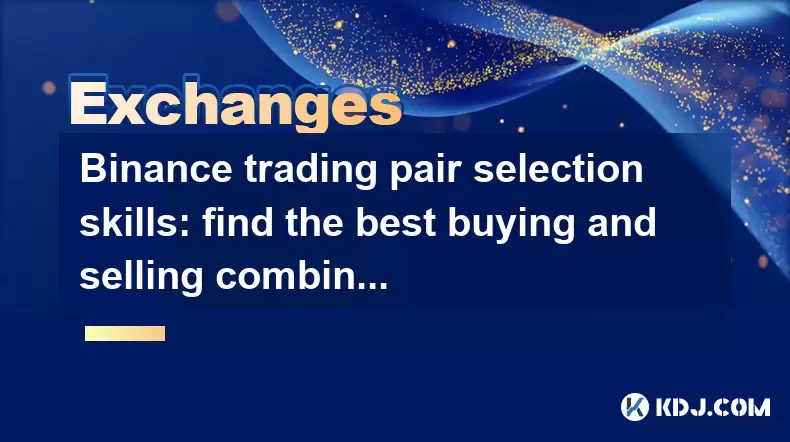
Binance trading pair selection skills: find the best buying and selling combination
Jun 23,2025 at 02:49am
Understanding the Basics of Trading Pairs on BinanceBefore diving into trading pair selection skills, it's essential to understand what a trading pair is. On Binance, a trading pair refers to two cryptocurrencies that can be traded against each other. For example, BTC/USDT means Bitcoin is being traded against Tether. Each trading pair has its own liqui...
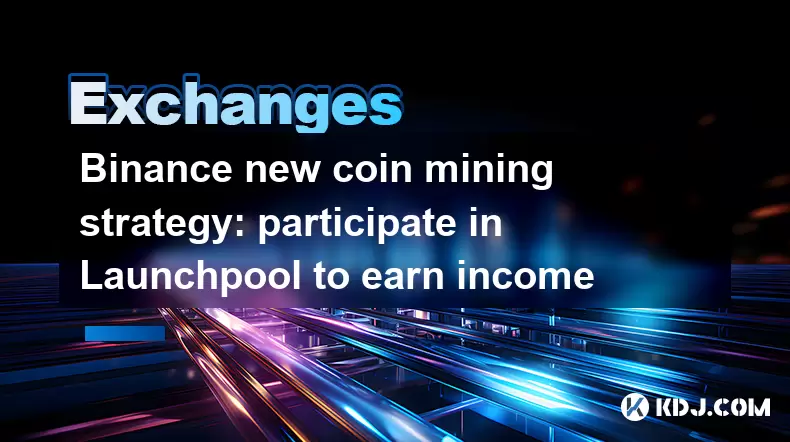
Binance new coin mining strategy: participate in Launchpool to earn income
Jun 23,2025 at 11:56am
What is Binance Launchpool and how does it work?Binance Launchpool is a feature introduced by the world’s largest cryptocurrency exchange, Binance, to allow users to earn new tokens through staking. This platform enables users to stake their existing cryptocurrencies (such as BNB, BUSD, or other supported assets) in exchange for newly launched tokens. T...
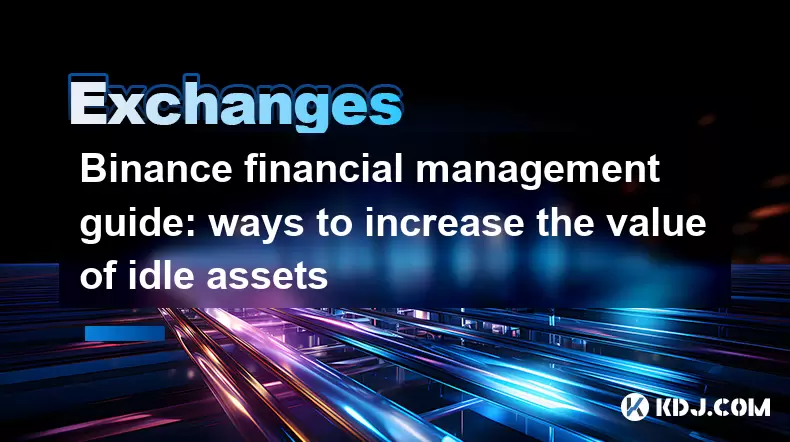
Binance financial management guide: ways to increase the value of idle assets
Jun 19,2025 at 11:22pm
Understanding Idle Assets in the Cryptocurrency SpaceIn the fast-paced world of cryptocurrency, idle assets refer to digital currencies that are not actively being used for trading, staking, or yield farming. Holding these funds in a wallet without utilizing them means missing out on potential growth opportunities. Binance, as one of the leading platfor...
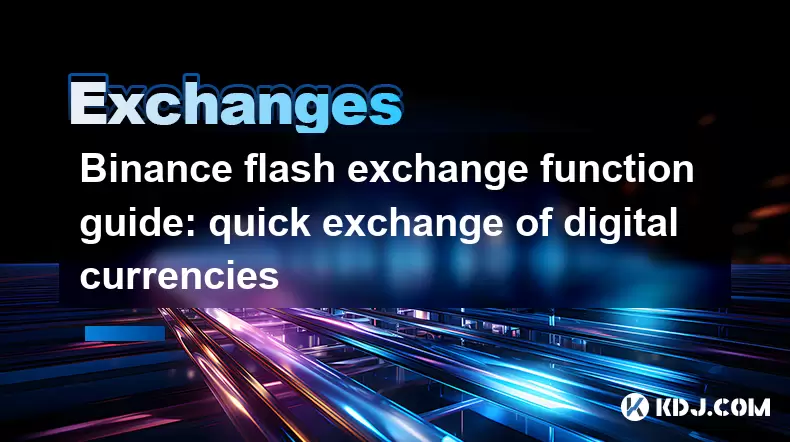
Binance flash exchange function guide: quick exchange of digital currencies
Jun 23,2025 at 12:29pm
What is the Binance Flash Exchange Function?The Binance Flash Exchange function is a powerful tool designed to allow users to instantly swap between supported cryptocurrencies without the need for placing traditional buy/sell orders. This feature simplifies the trading process by offering a direct exchange mechanism, eliminating the requirement to conve...

Binance spot market analysis: seize the best time to buy and sell
Jun 19,2025 at 04:56pm
Understanding the Binance Spot MarketThe Binance spot market is one of the most popular platforms for cryptocurrency trading globally. It allows users to trade digital assets at current market prices, making it essential for traders aiming to buy low and sell high. Unlike futures or margin trading, spot trading involves direct ownership of the asset aft...

Binance fund management secrets: reasonable allocation to increase income
Jun 22,2025 at 02:29pm
Understanding Binance Fund ManagementBinance fund management involves strategic allocation of your cryptocurrency assets to optimize returns while managing risk. The key to successful fund management lies in understanding how different investment options on the Binance platform can be utilized to create a diversified portfolio. This includes spot tradin...

Binance trading pair selection skills: find the best buying and selling combination
Jun 23,2025 at 02:49am
Understanding the Basics of Trading Pairs on BinanceBefore diving into trading pair selection skills, it's essential to understand what a trading pair is. On Binance, a trading pair refers to two cryptocurrencies that can be traded against each other. For example, BTC/USDT means Bitcoin is being traded against Tether. Each trading pair has its own liqui...

Binance new coin mining strategy: participate in Launchpool to earn income
Jun 23,2025 at 11:56am
What is Binance Launchpool and how does it work?Binance Launchpool is a feature introduced by the world’s largest cryptocurrency exchange, Binance, to allow users to earn new tokens through staking. This platform enables users to stake their existing cryptocurrencies (such as BNB, BUSD, or other supported assets) in exchange for newly launched tokens. T...

Binance financial management guide: ways to increase the value of idle assets
Jun 19,2025 at 11:22pm
Understanding Idle Assets in the Cryptocurrency SpaceIn the fast-paced world of cryptocurrency, idle assets refer to digital currencies that are not actively being used for trading, staking, or yield farming. Holding these funds in a wallet without utilizing them means missing out on potential growth opportunities. Binance, as one of the leading platfor...

Binance flash exchange function guide: quick exchange of digital currencies
Jun 23,2025 at 12:29pm
What is the Binance Flash Exchange Function?The Binance Flash Exchange function is a powerful tool designed to allow users to instantly swap between supported cryptocurrencies without the need for placing traditional buy/sell orders. This feature simplifies the trading process by offering a direct exchange mechanism, eliminating the requirement to conve...
See all articles

























































































